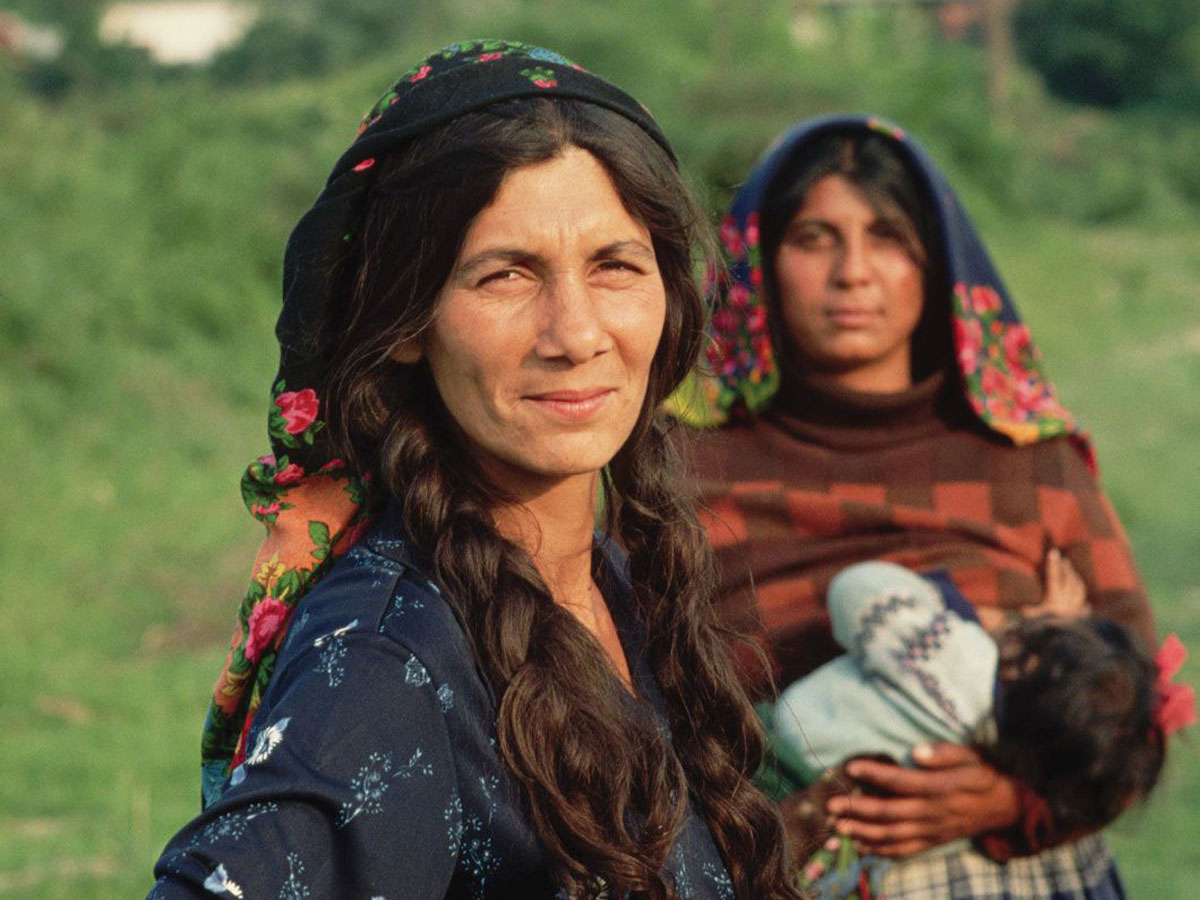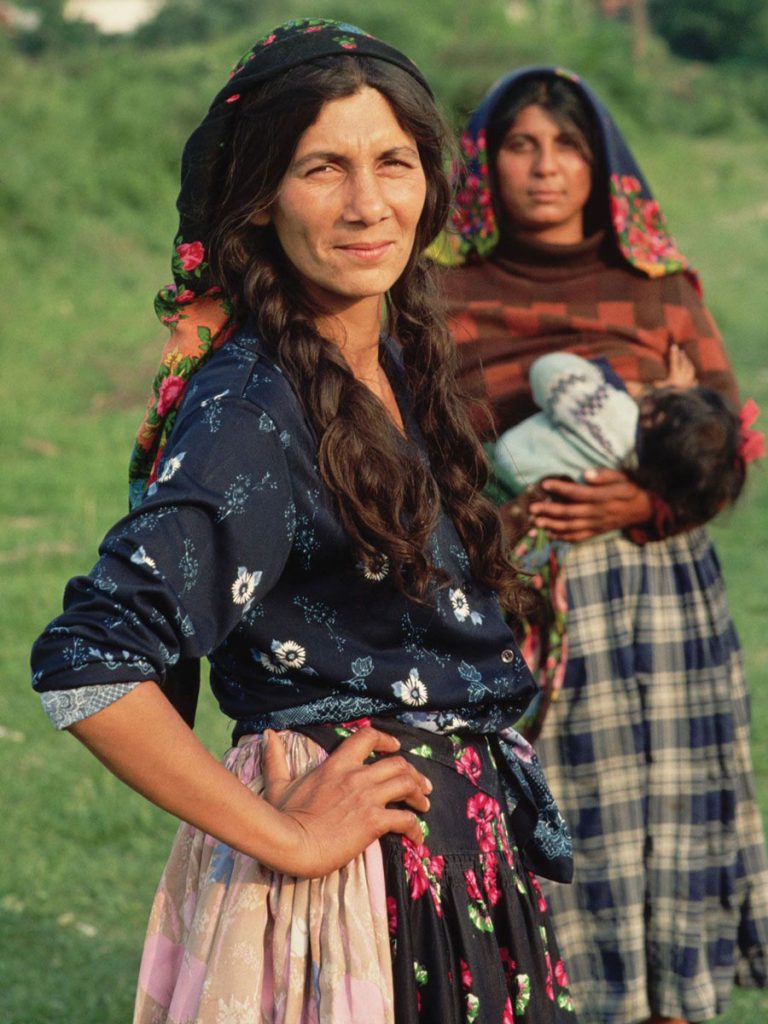
Gypsies, also known as Romani people, are a widely dispersed ethnic group with origins in India. They are a unique group of people who have developed their own language, customs, and traditions over the centuries. They are known for their nomadic way of life, traveling from place to place in caravans.
Origins of the Gypsies

Their origins can be traced back to India, where they were originally known as the Dom people. It is believed that they migrated from India to the Middle East and Europe in the 11th century. The exact reasons for their migration are unclear, but it is thought that they were forced to leave due to political instability and persecution.
Gypsies in Europe

The Romani people arrived in Europe in the 14th century and have been living there ever since. They faced widespread discrimination and persecution in Europe, with many countries enacting laws to restrict their movements and way of life. They were often accused of being thieves and beggars, and were forced to live on the fringes of society.
Gypsies in America
The Romani people arrived in America in the late 19th century, mainly from Eastern Europe. They faced similar discrimination and persecution in America, with many states enacting laws to restrict their movements and way of life. Despite this, they managed to maintain their cultural identity and traditions.
Gypsies Today

Today, there are an estimated 10-12 million Romani people living around the world. They are still widely discriminated against and face many challenges, including poverty, unemployment, and lack of access to education and healthcare. However, many Romani people are working to improve their lives and break down the barriers that have kept them marginalized for centuries.
Gypsy Culture and Traditions

Gypsy culture and traditions are rich and varied, with a strong emphasis on family and community. They have their own language, called Romani, which is spoken by millions of people around the world. They are known for their music, dance, and storytelling, which have been passed down from generation to generation.
Gypsy Stereotypes

Unfortunately, the Romani people have long been the target of negative stereotypes and discrimination. They are often portrayed as thieves, beggars, and con artists in popular culture, which has only served to reinforce these negative stereotypes. However, it is important to remember that these stereotypes are not accurate representations of the Romani people as a whole.
The Future of the Gypsies

The future of the Romani people is uncertain, but there is hope that they will be able to overcome the barriers that have kept them marginalized for centuries. Many Romani people are working to improve their lives and break down the stereotypes that have held them back. With continued support and advocacy, the Romani people can build a brighter future for themselves and their communities.
Conclusion
The Romani people, also known as Gypsies, have a rich and varied history that spans centuries and continents. They have faced widespread discrimination and persecution throughout their history, but have managed to maintain their cultural identity and traditions. Today, they continue to face many challenges, but there is hope that they will be able to overcome these obstacles and build a brighter future for themselves and their communities.